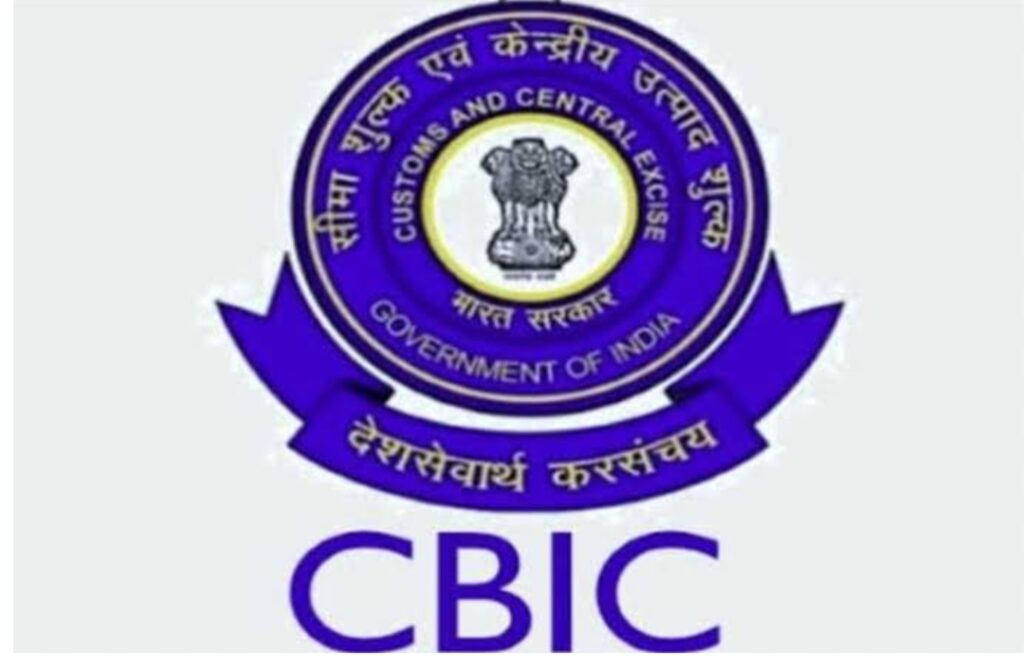In a significant development for India’s GST framework, the Central Board of Indirect Taxes and Customs (CBIC) has issued clear guidelines on the appeal, review, and revision process for Orders-in-Original (O-I-Os) passed by Common Adjudicating Authorities (CAAs) in cases investigated by the Directorate General of GST Intelligence (DGGI).
This clarification, issued through Circular No. 250/07/2025-GST dated June 24, 2025, addresses a long-standing procedural gap that had led to delays, jurisdictional confusion, and litigation risks in high-stakes GST investigations.
Key Highlights of the New GST Appeal & Review Guidelines
✔ Clear Designation of Reviewing and Appellate Authorities
As per the latest CBIC circular:
- Reviewing Authority (Section 107 of CGST Act):
The Principal Commissioner or Commissioner under whose administrative control the CAA (Joint or Additional Commissioner) is posted will review the order. - Revisional Authority (Section 108):
The same officer will act as the revisional authority for the said order. - Appellate Authority:
Appeals will lie with the Commissioner (Appeals) having jurisdiction over the Commissionerate to which the CAA belongs, as notified in Notification No. 02/2017. - Departmental Representation:
The Principal Commissioner or Commissioner can represent the department in appeal proceedings and nominate officers accordingly. - DGGI Consultation:
The reviewing and revisional authorities may formally consult the concerned DGGI formation before deciding on reviews or revisions.
Why This Matters – Winners & Losers
✅ Who Benefits:
- Taxpayers:
With clearly defined appellate jurisdictions, businesses enjoy reduced legal uncertainty and faster dispute resolution. - Tax Administrators:
Streamlined coordination between investigating and adjudicating authorities enhances efficiency. - DGGI Formations:
Gain formal consultation rights, ensuring their investigative insights are considered in reviews and appeals.
❌ Who Loses:
- Entities Exploiting Legal Loopholes:
The clarification curtails delay tactics, forum shopping, and jurisdictional disputes. - Unnecessary Legal Chaos:
Conflicting interpretations and procedural ambiguity are expected to reduce significantly.
Background – The Need for Clarification
Earlier, there was no formal mechanism outlining who could review or hear appeals against orders passed by CAAs designated under Notification No. 02/2017-GST, leading to confusion post-adjudication.
Though Circular No. 239/33/2024-GST clarified the territorial jurisdiction of CAAs, it left a vacuum regarding the review and appeal process, creating hurdles for taxpayers and enforcement agencies alike.
Recognising the loophole, CBIC consulted the Ministry of Law & Justice, leading to this decisive circular aimed at strengthening procedural clarity.
Impact on GST Investigations and Enforcement
The DGGI has significantly expanded its investigations into sectors such as:
- Banking & Financial Services
- E-commerce & Digital Platforms
- Real Estate & Infrastructure
- Online Gaming
- FMCG & Logistics
- Hospitality & Travel
These investigations, while essential for curbing tax evasion, often resulted in procedural delays due to unclear appellate channels.
According to experts, the new circular provides long-awaited relief by clearly defining post-adjudication processes, thus safeguarding taxpayer rights while bolstering enforcement mechanisms.
Expert Views – A Step Towards Balanced GST Enforcement
Rajat Mohan, Senior Partner at AMRG & Associates, remarked:
“This structural reform strengthens trust in the GST system. It provides predictability for taxpayers and ensures that high-value investigations don’t get caught in procedural bottlenecks. Especially in cases involving fake ITC networks, shell companies, or offshore platforms, this brings much-needed legal certainty.”
Benefits for Taxpayers and GST Practitioners
For businesses and tax professionals, the new guidelines simplify the legal process:
- Clarity on where to file appeals
- Defined authorities for reviews and revisions
- Reduced compliance burden
- Faster resolution of disputes
- Enhanced procedural safeguards
A leading GST consultant stated:
“This will save both time and effort. Taxpayers no longer have to struggle with jurisdictional doubts—it ensures all stakeholders, including DGGI, the department, and taxpayers, remain aligned.”
Next Steps for Businesses and Tax Authorities
CBIC has instructed all field formations to issue trade notices, informing taxpayers and stakeholders about this procedural update.
The circular is effective immediately, and taxpayers facing DGGI investigations or CAA orders should familiarise themselves with the new review and appeal channels.
Conclusion
As India’s GST system matures, administrative clarity like this is essential for reducing litigation backlogs and building trust in tax enforcement processes. The CBIC’s move is expected to promote consistency, reduce procedural delays, and enhance confidence among taxpayers and businesses under scrutiny.

